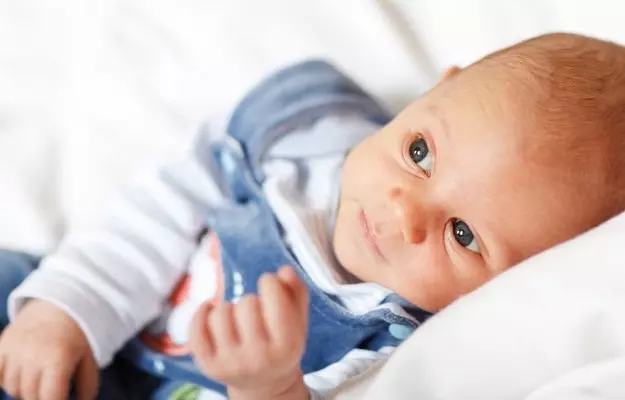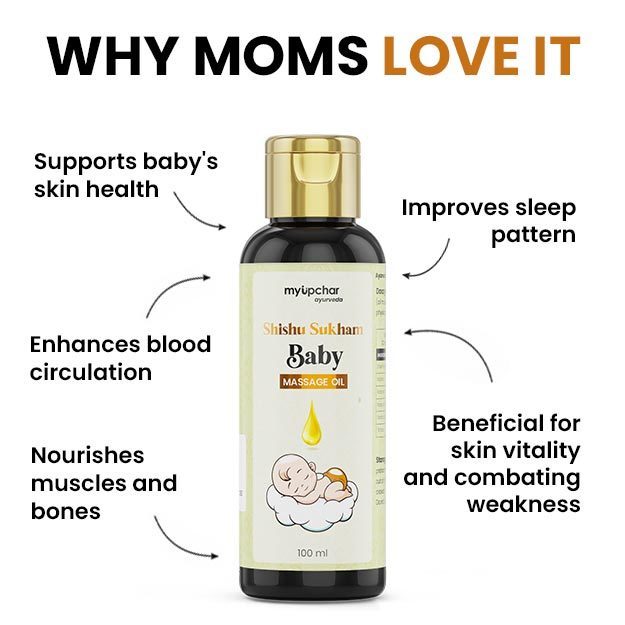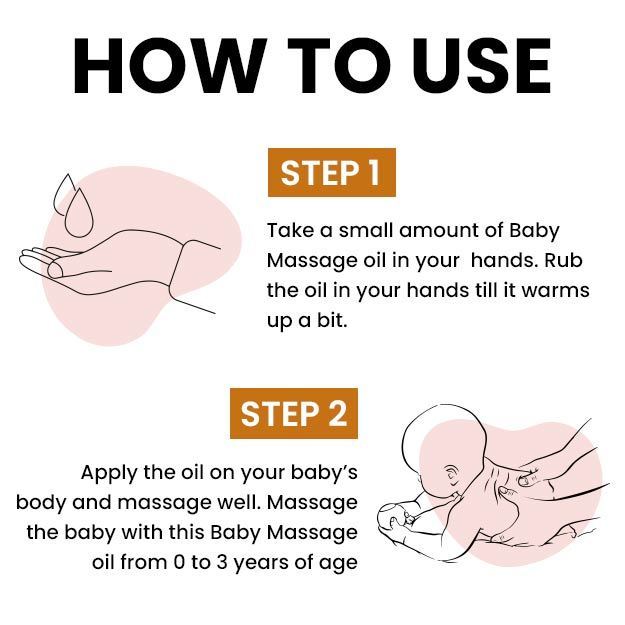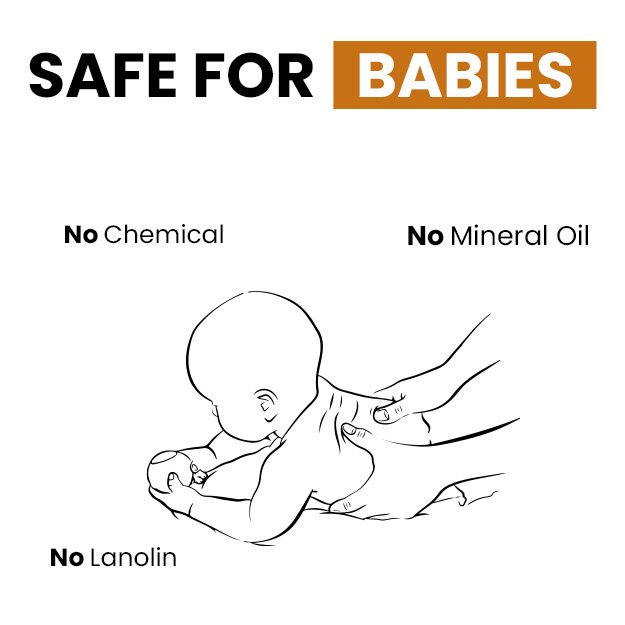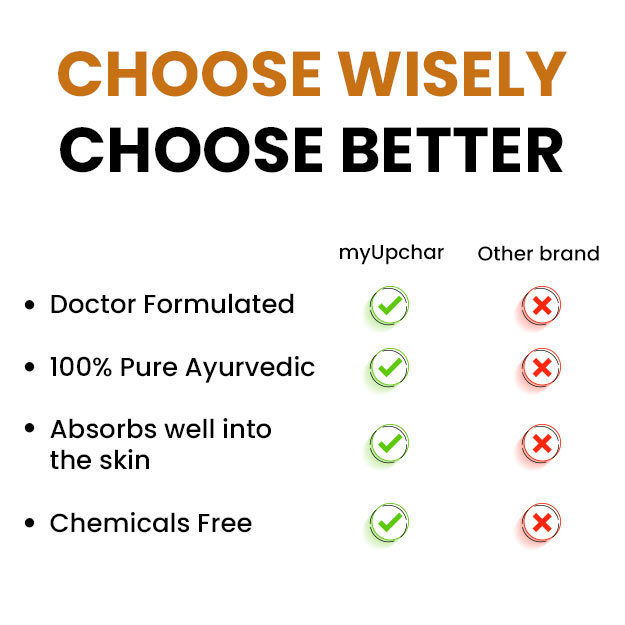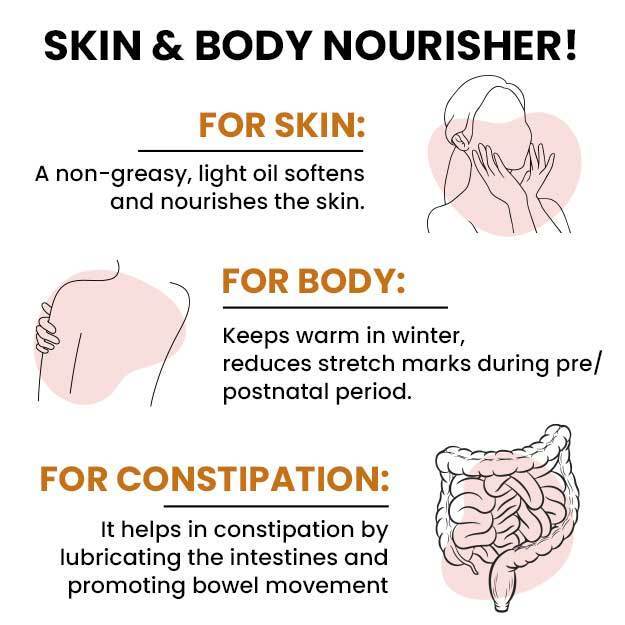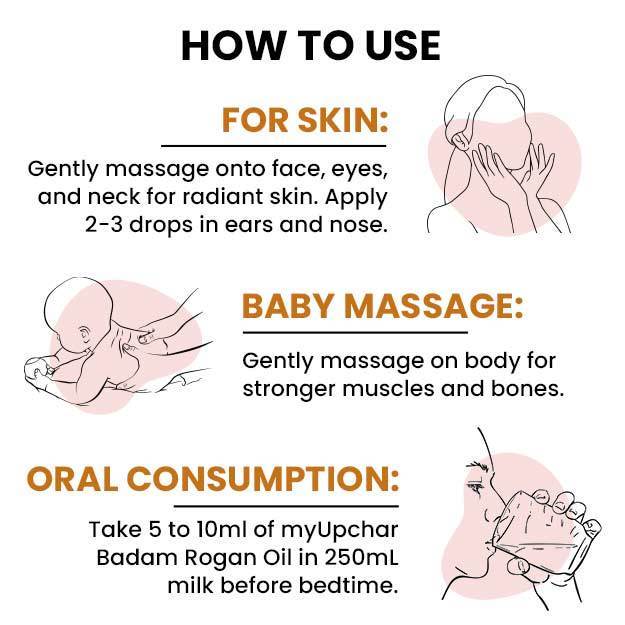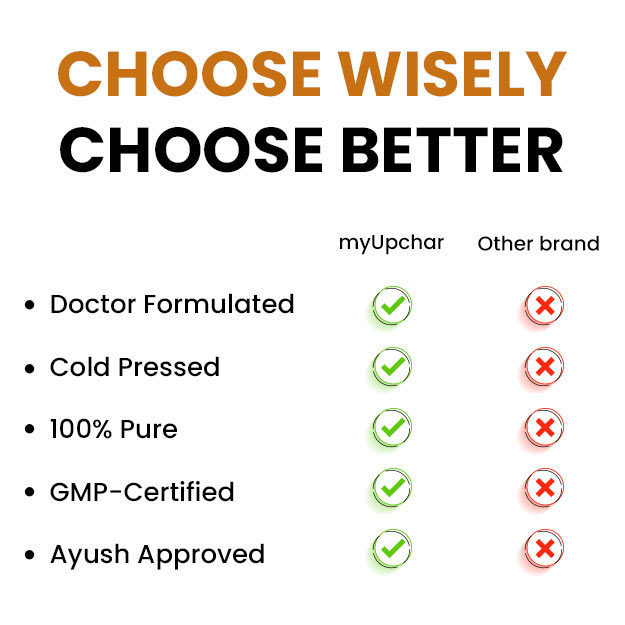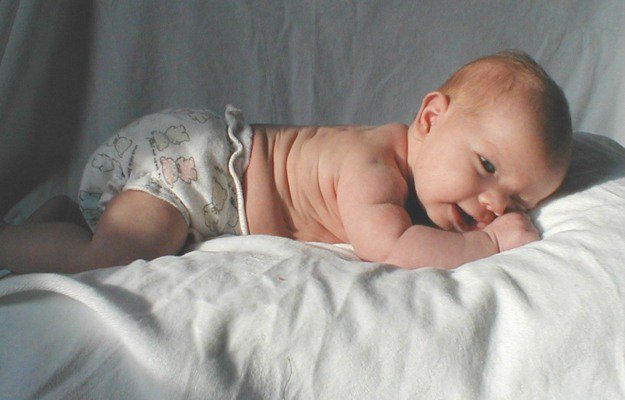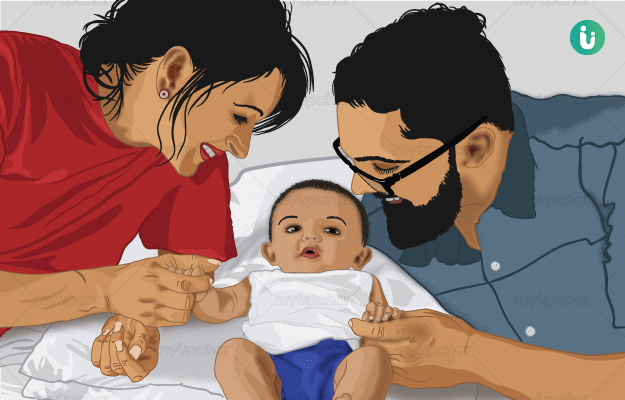Pneumonia is a respiratory infection in which the lungs become inflamed and full of pus or fluid—this could occur because of a viral infection, bacterial infection or fungal infection.
Research shows that viral infection is the most common cause of pneumonia among children under five, followed by infection by bacteria such as Streptococcus pneumoniae.
Globally, pneumonia is one of the main causes of death among children under five years of age. World Health Organization (WHO) data show that 8,08,694 children under five died from pneumonia in 2017 (down from 1.75 million in 2000, according to UNICEF data). WHO data also show that pneumonia caused 15% of all deaths among children in this age group in 2017.
The common signs of pneumonia in children under five are difficulty breathing, cough, chest indrawing, different breathing sounds like a bubbling (rales) or whistling (stridor) sound coming from the lungs and fast breathing (remember that young children naturally breathe faster than adults—a healthy infant under six months old could take 30-60 breaths a minute).
If you see any signs of pneumonia in your baby like breathing problems or cough—with or without fever—don't panic. Do take your baby to a doctor as soon as possible—research shows that early interventions can save lives. Bacterial pneumonia in children can be treated with antibiotics.
Prevention of some common forms of pneumonia in children is also possible through vaccines. If you haven't gotten your child vaccinated against pneumonia yet, talk to your paediatrician about the right time to get the pneumococcal conjugate vaccine (PCV 13). Ideally, this vaccine should be given in three injections to children aged six weeks, 10 weeks and 14 weeks, with a booster shot at 15 months after birth.
Read on to know all about pneumonia in newborns, pneumonia in children under five, symptoms of pneumonia in children, causes of pneumonia in children, prevention of pneumonia in children, diagnosis and treatment of pneumonia in children and risk factors and complications of pneumonia in children.

